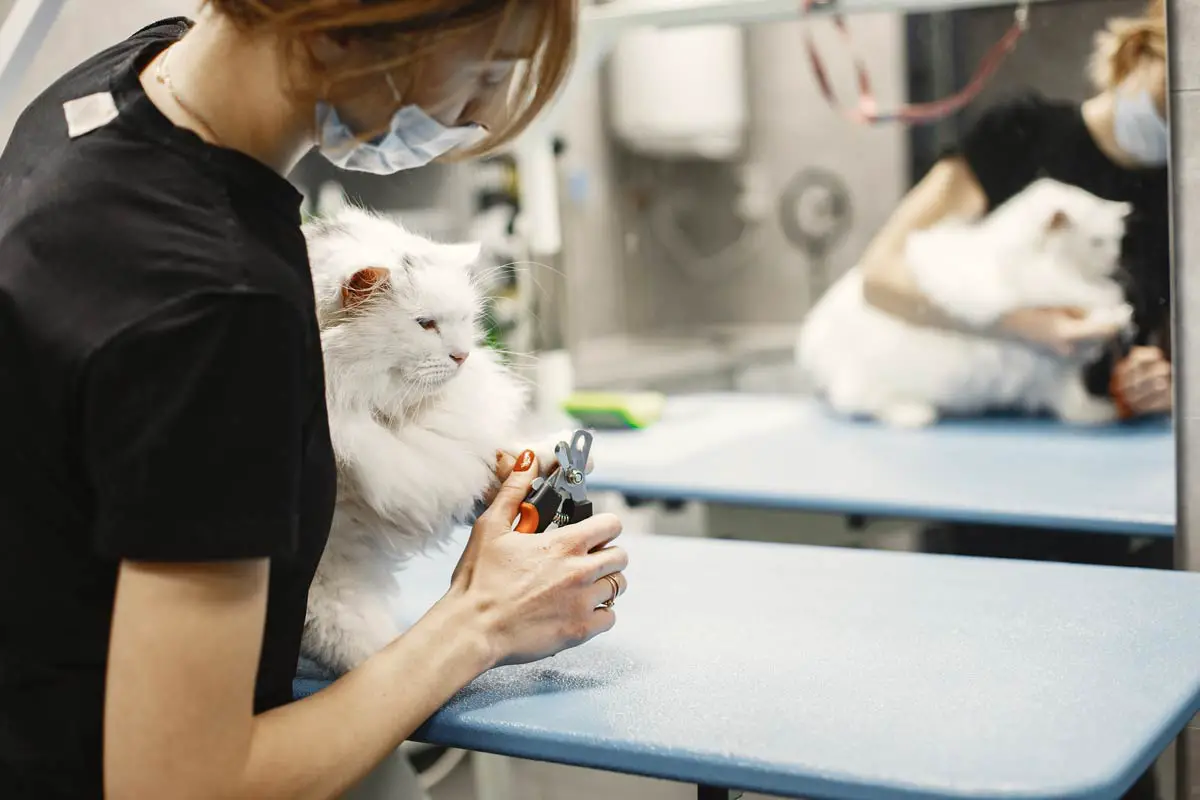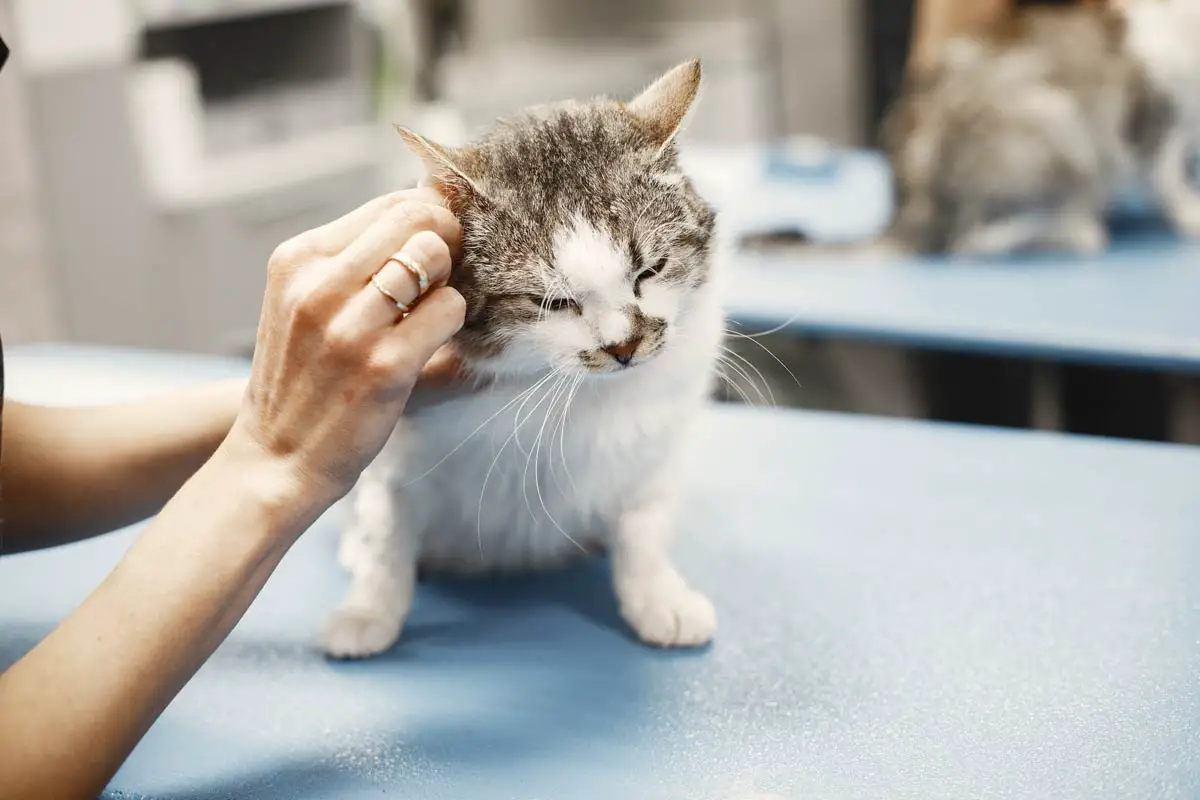Cat grooming is an essential aspect of maintaining the overall well-being and health of your feline companion.
Regular grooming sessions not only keep your cat’s coat clean and shiny but also provide an opportunity for bonding and identifying any potential health concerns.
While many cat owners rely on professional groomers, it is entirely possible to groom your cat at home with some basic knowledge and the right tools.
In this comprehensive guide, we will explore the importance of cat grooming and provide you with valuable tips and techniques to ensure a successful grooming experience for both you and your beloved pet.

1. The Importance of Cat Grooming
Grooming is a natural behavior for cats, and it contributes to their overall health in several ways.
Here are some reasons why regular grooming is essential for your feline friend:
- Coat Maintenance
Cats have self-grooming instincts, but they may require assistance in reaching certain areas, especially those that are difficult to access. Regular brushing helps prevent matting, removes loose hair, and reduces the chances of hairballs. - Skin Health
Grooming stimulates blood circulation, keeping the skin healthy and free from irritations. It also helps to distribute natural oils throughout the coat, promoting a glossy and lustrous appearance. - Bonding Opportunity
Grooming sessions can strengthen the bond between you and your cat. When done gently and patiently, grooming provides a moment of relaxation and trust-building, enhancing the emotional connection between you and your furry companion.
2. Essential Cat Grooming Tools
Before you embark on a grooming session, it’s crucial to have the right tools at hand.
Here are some essential cat grooming tools you should consider:
- Cat Brush
Invest in a high-quality brush suitable for your cat’s coat type. Slicker brushes work well for removing loose hair, while bristle brushes are suitable for short-haired cats. - Cat Comb
Combs with both wide and narrow teeth help detangle mats and remove any remaining loose hair. - Nail Clippers
Trimming your cat’s nails is a necessary part of grooming to prevent them from becoming too long and causing discomfort or injury. - Cat Shampoo
Choose a mild cat shampoo specifically formulated for felines. Avoid using human shampoos, as they can be too harsh for their sensitive skin.

3. Step-by-Step Guide to Cat Grooming at Home
Brushing
Start by selecting the appropriate brush for your cat’s coat type. Slicker brushes work well for removing loose hair and tangles, while bristle brushes are suitable for short-haired cats.
Begin brushing your cat’s coat gently, following the direction of hair growth. Pay extra attention to areas prone to matting, such as the belly, armpits, and behind the ears.
If you encounter any mats, use a comb with narrow teeth to carefully work through them. Avoid pulling or tugging, as this can cause discomfort or pain.
Bathing
Most cats are proficient self-groomers and rarely require baths. However, certain situations may call for a bath, such as if your cat gets into something dirty or sticky.
Prepare a warm bath with cat-specific shampoo. Fill the tub or basin with a few inches of water.
Gently place your cat into the water, supporting its body and ensuring its head stays dry.
Wet your cat’s coat thoroughly, avoiding the face and ears. Apply a small amount of shampoo and lather it gently.
Rinse your cat’s coat thoroughly to remove all the shampoo, ensuring no residue is left behind.
Use a soft towel to dry your cat, or you can use a low-heat setting on a pet-friendly hairdryer if your cat is comfortable with it.
Nail Trimming
Choose a quiet and well-lit area for nail trimming.
Gently hold your cat’s paw and extend one nail at a time. Be cautious of the quick, pink area within the nail that contains blood vessels and nerves. Avoid cutting into it.
Use cat-specific nail clippers or human nail clippers with a straight edge. Trim only the sharp tip of each nail at a slight angle. If you are unsure about the process, seek guidance from your veterinarian or a professional groomer.
Ear Cleaning
Inspect your cat’s ears for any signs of dirt, redness, or discharge. If you notice any abnormalities, consult your veterinarian before proceeding with cleaning.
Dampen a cotton ball with a cat-specific ear cleaner or warm water. Gently wipe the outer part of the ear, avoiding the ear canal.
Do not insert cotton swabs or any other objects into the ear canal, as this can cause damage.
Tooth Brushing
Dental hygiene is crucial for your cat’s oral health. Introduce tooth brushing gradually to make it a positive experience.
Choose a cat-specific toothbrush and toothpaste recommended by your veterinarian.
Start by allowing your cat to taste the toothpaste. Once they are comfortable with the taste, introduce the toothbrush by applying a small amount of toothpaste to it.
Gently lift your cat’s lips and brush its teeth using circular motions. Focus on the outer surfaces of the teeth. Gradually increase the duration of brushing sessions over time.

4. Tips for a Successful Cat Grooming Experience
- Start Early
Introduce grooming to your cat at a young age to help them become accustomed to the process. This makes grooming a familiar and less stressful experience for them. - Be Patient and Gentle
Approach grooming with patience and gentleness. Take breaks if your cat becomes anxious or overwhelmed. Offer treats and praise throughout the session to create positive associations. - Gradual Introductions
If your cat is not used to grooming, start with short grooming sessions and gradually increase the duration over time. This helps them adjust and build tolerance. - Seek Professional Help
If your cat has severe matting or grooming-related anxieties, it’s best to consult a professional groomer or your veterinarian for assistance.
Conclusion
Cat grooming plays a vital role in maintaining your cat’s health and well-being.
By following the tips and techniques outlined in this guide, you can successfully groom your cat at home, fostering a strong bond and ensuring your feline friend looks and feels their best.
Remember, patience, gentle handling, and regular grooming sessions are the keys to a happy and healthy cat.
So, start incorporating grooming into your cat’s routine and enjoy the benefits it brings to both of you.










